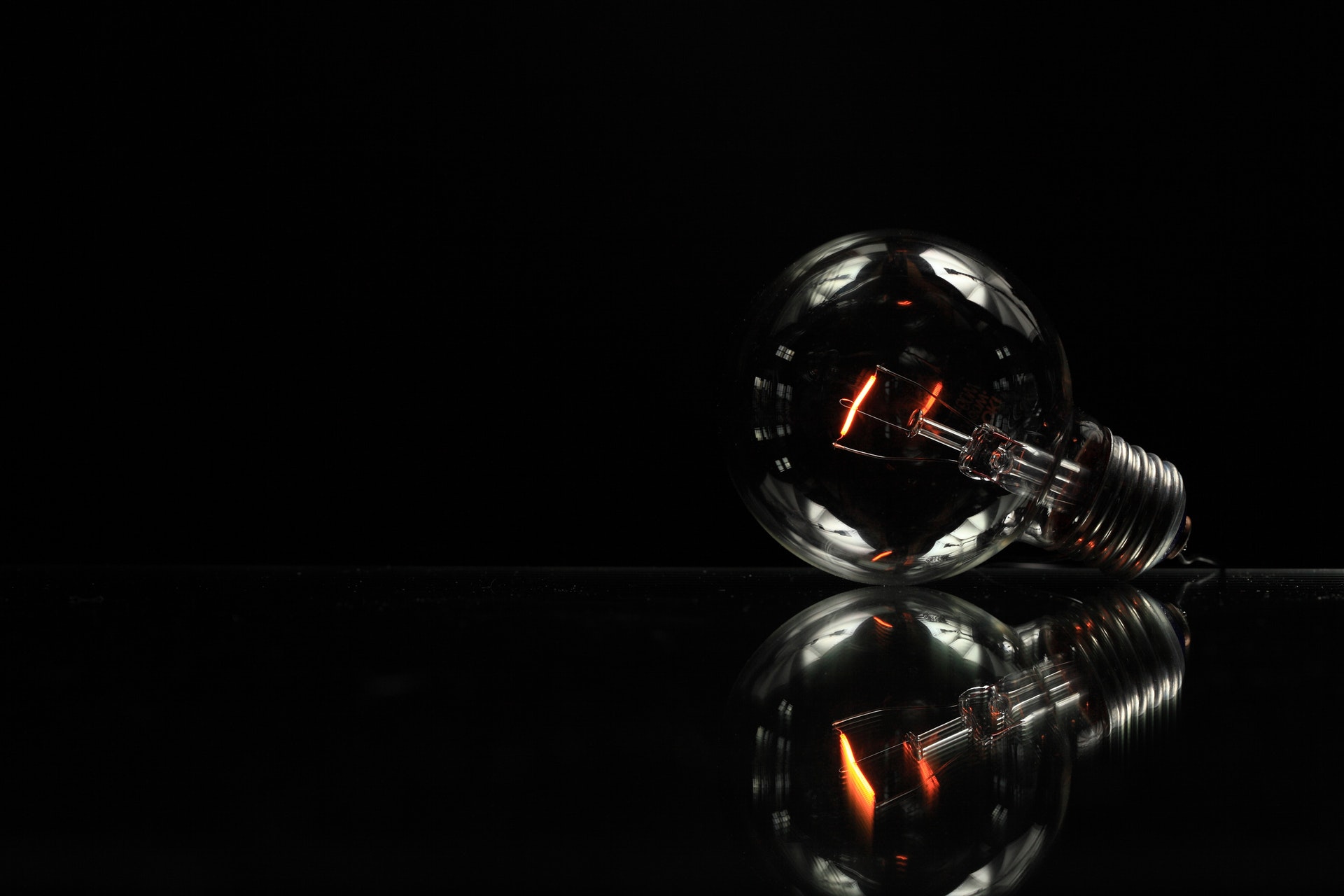
Helpful Free Advice From S B Electrical
First Aid
What to do if you believe someone has had, or is getting, an electric shock?
It may not be immediately clear, but if you think someone is suffering from an electric shock, approach with extreme caution.
The first step is to separate the person from the source of electricity as quickly as possible. The best way of doing this is to turn off the electricity supply, for example, by unplugging the appliance or by turning off the main switch at the fusebox (consumer unit).
If this isn’t possible, then try to remove the source of electricity from the person using a piece of insulated material, such as a length of wood.
Touching a person who is getting the electric shock is extremely dangerous and could result in you receiving one too.
Once the person is free from the source of electricity check if they are conscious. If not call an ambulance immediately. Only people suitably trained should carry out first aid.
If the person who received the shock is conscious and appears well, it is still advisable to monitor their condition. The effect of an electric shock may not be immediately obvious and conditions such as electroporation may exist.
An RCD should always be used. Using an RCD will go a long way to protect you from a dangerous electric shock. Although safety cannot be absolutely guaranteed by using an RCD, it does limit the time electricity can flow through the body to a tiny fraction of a second, if somebody should come into contact with live parts.
It is strongly advisable that when using any electrical appliances in the garden that you are protected by means of an RCD. It is preferable that the RCD is fitted within the main fusebox however if this is not possible a dedicated RCD socket or plug-in RCD should be used.